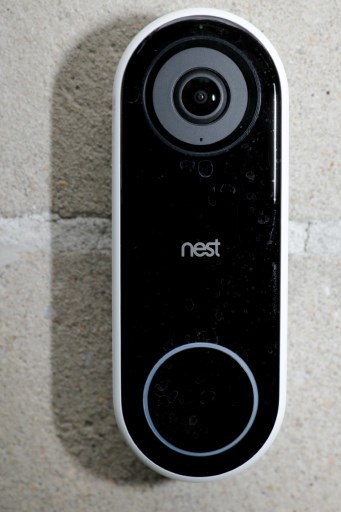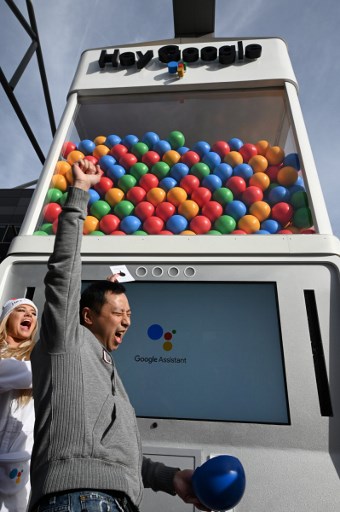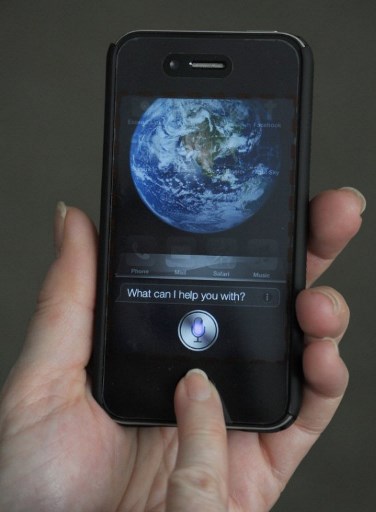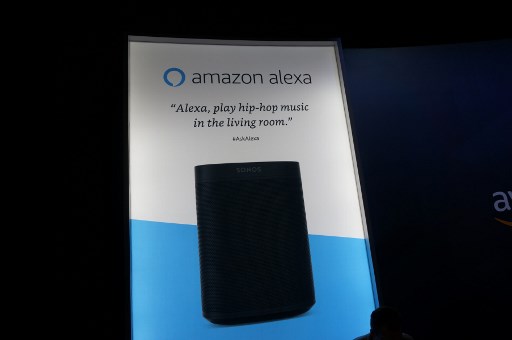by Rob Lever
Agence France-Presse
WASHINGTON DC, United States (AFP) — In a world suddenly fearful of touch, voice technology is getting a fresh look.
Voice-activated systems such as Google Assistant, Amazon Alexa and Apple’s Siri have seen strong growth in recent years, and the virus pandemic could accelerate that, analysts say.
Voice assistants are not only answering queries and shopping, but also being used for smart home control and for a range of business and medical applications which could see increased interest as people seek to limit personal contact.
“Voice has already made significant inroads into the smart home space and voice control can mean avoiding commonly touched surfaces around the home from smartphones, to TV remotes, light switches, thermostats, door handles and more,” said analyst Jonathan Collins of ABI Research.
The pandemic is likely to provide “additional motivation and incentive for voice control in the home that will help drive awareness and adoption for a range of additional smart home devices and applications,” Collins said.
ABI estimates that voice control device shipments for smart home devices hit 141 million last year, and in 2020 will grow globally by close to 30 percent.
For the broader market of voice assistants, Juniper Research estimates 4.2 billion devices in use this year, growing to 8.4 billion by 2024, with much of the interactions on smartphones.
Smart locks, doorbells

Collins said he expected to see growing interest in smart locks and doorbells, along with other smart home systems, to eliminate the need for personal contact and face-to-face interaction as a result of the pandemic.
Avi Greengart, a technology analyst and consultant with Techsponential, said data is not yet available but that “anecdotally, voice assistant usage is way up” as a result of lockdowns.
Greengart said he expects a wider range of business applications for voice technologies in response to health and safety concerns.
“Looking forward, office spaces will need move towards more touch-free controls; voice can be a solution, although motion triggers for lighting is often easier and more friction-free,” he said.
“However, I do expect smart speakers — along with an emailed list of commands — to be a common feature at hotels and other rental properties. The fewer touch points, the better.”
Post-pandemic outlook
Julian Issa of Futuresource Consulting said there appears to be “an uptick in the use of voice assistants since the virus outbreak” during the pandemic.
“Whilst avoiding touching surfaces may play a small part in this, it is mainly due to consumers spending far more time at home with their devices,” Issa said.
Chris Pennell, another Futuresource analyst, said he expects adoption of digital assistants is likely to accelerate, “especially in client facing areas such as healthcare, retail and entertainment.”
One example of this already in use is a Mayo Clinic tool using Amazon Alexa which allows people to assess their symptoms and access information on the virus.
Other medical applications are also in the works for voice technologies.
Veton Kepuska, a Florida Tech computer engineering professor who specializes in speech recognition technologies, is seeking to develop voice-activated medical robots that can help limit physical contact and contagion.
“If we had this infrastructure in place, we would have been better off today,” said Kepuska, who was spurred by the COVID-19 outbreak to seek funding for the research effort.
Kepuska said this effort could lead to a “humanoid” medical robot which can take over many tasks from doctors or nurses with voice interaction.
“The pandemic has created a situation where we need to think about how to deliver services to people who need our help without putting ourselves in danger,” he said.
© Agence France-Presse










